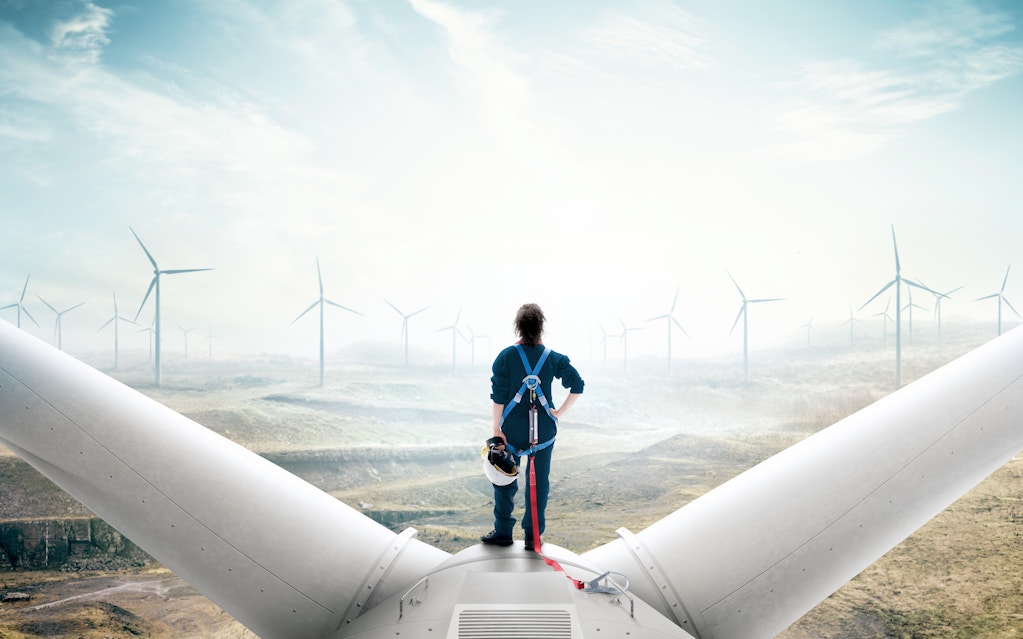
Eurostar
Harnessing AI to reshape operations and enhance the passenger experience
Tags
For transport organisations, AI has the potential to improve reliability, safety, and deliver a more seamless service. High-speed rail operator Eurostar wanted to tap into the technology to improve operational performance at one of its busiest stations.
First, Eurostar needed to figure out if existing data could predict future journeys. In a matter of months, we proved it was possible: our team of experts created a model that allows Eurostar to predict, mitigate, and better manage potential delays. Reducing delays and optimising passenger journeys through the station will streamline passenger journeys and elevate the Eurostar travel experience.
Transforming the passenger experience
Train travel is an obvious choice for travellers that value convenience and efficiency. However, to compete effectively with airlines, rail operators need to offer a seamless passenger experience.
For over 30 years, the high-speed rail service Eurostar has been pioneering convenient travel across Europe. Today, the backdrop of evolving border control systems is fuelling its desire to optimise operations. The volume of passengers and limited space in ageing terminals have increased congestion at borders, and the upcoming European Entry/Exit System will add further complexity, with additional check-in requirements for non-EU nationals.
When customers are held up at the station, trains get delayed, increasing costs for Eurostar and disrupting customers and staff. Eurostar recognised the opportunity to use machine learning to increasingly optimise the passenger journey, particularly for those passing through Gare du Nord in Paris, Europe’s busiest station. However, Eurostar needed support proving the value of the technology so turned to PA.
To truly explore the opportunity of AI, we needed a trusted partner who could identify the value, opportunities, and risks to our business so we could plot a path forward.”
Combining creativity with practical know-how
With deep experience across the transport sector, including creating an AI-driven solution to optimise plane turnaround times at Schiphol airport, we were a natural partner for Eurostar.
Our team, with expertise in business transformation, IT operations, user-centred design, and data science combined creativity with practicality to develop a solution tailored for the complex Gare du Nord hub. After analysing existing datasets, we identified patterns linking passenger check-in behaviour to delays and congestion. Importantly, no additional data collection was required.
Bringing together existing datasets to identify opportunities
To begin, it was imperative that our team understood the intricacies of a typical journey. We travelled from London to Gare du Nord station on the Eurostar and went behind the scenes, reviewing the existing systems and meeting with the operational teams on the ground who manage passenger throughput and mitigate potential congestion.
We then collected and analysed existing customer check-in and train service performance and examined ways to use it to predict passenger flow. We identified a strong correlation between the asymmetry of passengers checking in relative to delays reported against the scheduled departure time. This original insight gave us a strong indicator of customer throughput and where bottlenecks would arise.
Eurostar didn’t need to invest in collecting new datasets. We were able to use existing data to build a model that can accurately predict throughput related delays up to two weeks in advance.”
Developing an accurate and actionable prediction model
Using historical data from Eurostar, our data scientists set out to understand the relationship between check-ins and train performance and engineered a feature set to explore this. The set contains information on things like the expected passenger mix, the number of trains expected, seasonal effects, and many others. They then followed with fine-tuning a machine learning algorithm to predict how, given the circumstances known in advance, passengers are going to flow through the station. The model accurately predicts slowdowns in passenger check-in, which in turn predicts congestion and delays.
We then tested the model with Eurostar’s operational team to ensure it would provide predictions they could act on ahead of time. We also worked with Eurostar to transfer our knowledge and build their own AI capability. We conducted co-development sessions where we shared best practices for the team to capitalise on as they implemented the model into their operations.
Humans can’t capture thousands of data points at the same time, that’s what makes system dynamics so complex. What we’ve achieved with Eurostar marks a first of its kind in AI application for station throughput management in the transport industry.”
Opening up paths to greater intelligence and innovation
With the proof-of-concept model now being taken into production, Eurostar is on course to become a more intelligent enterprise. By significantly reducing delays, Eurostar will be able to improve customer satisfaction, reduce compensation claims, and lessen the burden placed on station teams.
Our work has laid the foundations for Eurostar to streamline the customer journey across its entire network by transferring this approach to other stations. It’s positioned the operator to explore the impact real-time adjustments to the model can have on managing queues, optimising train scheduling, and informing customers of the best times to check-in.
Explore more







